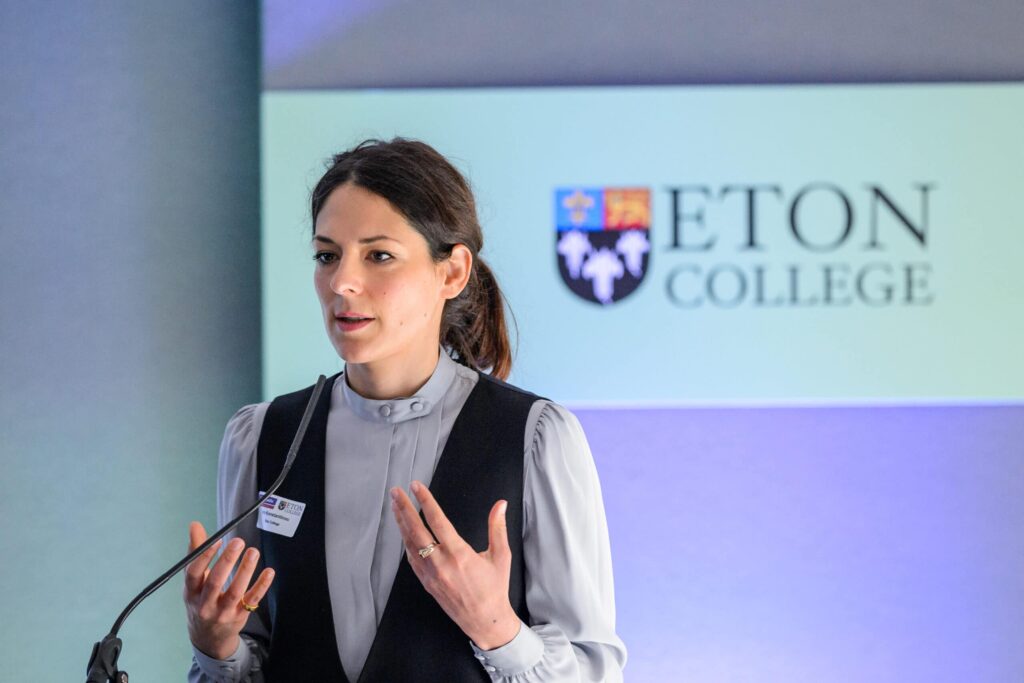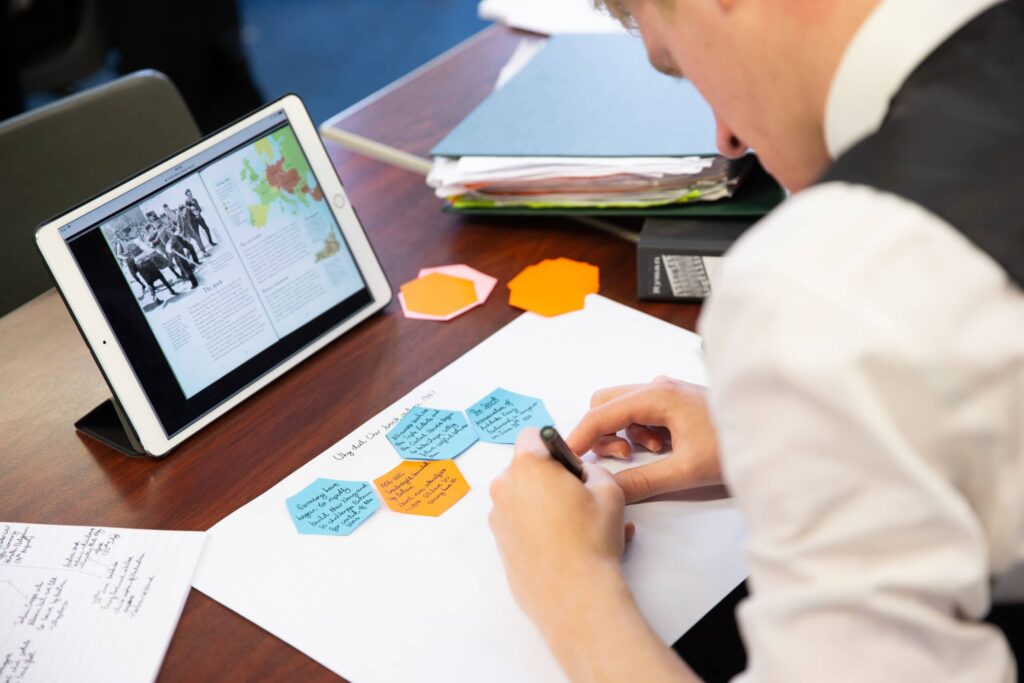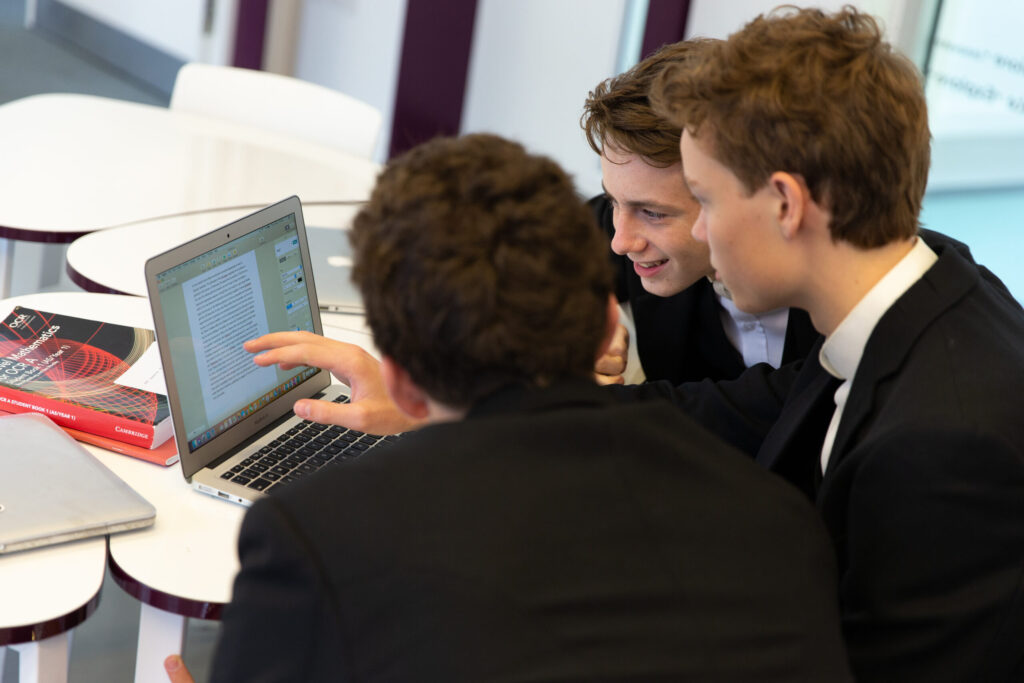Jonathan Beale, Researcher-in-Residence, CIRL
Project-based learning (‘PBL’) is a student-centred, dynamic pedagogical method, where students actively explore real-world problems and challenges, and the teacher inputs little more than guidance. Usually it culminates in the production of a project, such as a written assignment, a performance, or a presentation.
The aim of a project is to accurately summarise students’ learning; the aim of the learning is for students to gain a deeper level of knowledge of a particular area by actively exploring real-world challenges and problems. In addition to increasing students’ knowledge, PBL aims to develop students’ critical thinking and communication skills, as well as foster creativity. PBL contrasts with approaches such as teacher-led instruction.
PBL involves an active process of learning where students engage in investigative tasks independently from the beginning of a project until completion. Projects often focus on addressing a question or problem. Projects can last from a short period, such as a week, up until an entire term. Students often present their projects upon completion.
Projects either replace or are used in addition to other means of assessment. Projects are sometimes used to supplement learning; at other times they’re used as the only form of learning about a topic or problem. In such cases, PBL is the only method of assessment.
Some schools have used PBL instead of lessons structured around teacher instruction. For example, students might work for extended periods on projects in lieu of teacher-led lessons, perhaps with the teacher overseeing aspects of group work but letting students use lesson time to work independently.
1. Examples of project-based learning
An example of PBL in the UK is the Extended Project Qualification, which requires students in key stage five to work on an independent project for an extended period with only minimal assistance from their supervisor. The supervisor must not be an expert in the student’s chosen area of study and can only offer guidance; supervisors cannot provide detailed comments on drafts.
PBL occupies an important place in the International Baccalaureate (‘IB’), within the ‘capstone’ project, an independent research project in which students are expected to integrate and synthesize their learning. Capstone projects have a service-based aspect, with the aim that students make a positive impact on their community.
One of the required components in the IB Diploma Programme is ‘creativity, activity, service’ (‘CAS’), which ‘requires students to undertake an unpaid and voluntary exchange’. The motivation behind this is that such an exchange provides students with the opportunity to apply their knowledge and skills to community service in a way that complements their academic study. The ultimate aim of this reflects the aim of the IB in general: developing ‘students who will make a meaningful contribution to the world, both during and after their education’.
IB research suggests that this exchange develops skills such as civic engagement and project management skills, as well as supporting students’ personal and social development. Their research studies on former IB students suggest that the exchange project helps students to ‘develop an ethic of service’, become ‘more caring, open-minded, and reflective’, and develop ‘greater levels of self-confidence and maturity’. These skills and character traits fall under all four of the types of virtues established in the Jubilee Centre for Character and Virtues’ framework for character education in schools: civic, performance, intellectual and moral virtues.
Model United Nations is perhaps the paradigmatic example of PBL. This typically involves students working in groups to address pertinent global issues on behalf of a nation they are assigned to represent at a simulation of a UN Conference. Students work independently, aside, perhaps, from training given by teachers before the conference and during their preparation, and some training at the conference. There is typically no direct instruction and assessment is based on the quality of students’ resolutions, how successfully they lobby for support from other ‘nations’, how well they present their resolution and respond to questions on it, and how well they participate in debates among committees and in the General Assembly. UN Conferences sometimes give awards to ‘Named Delegates’ in recognition of excellence in such areas.
2. The mixed reception of project-based learning
Contrary to a widespread view that PBL is a recent innovation in education, PBL began around a century ago, as Valerie Strauss writes in an article on PBL in the Washington Post. PBL has a mixed reputation in contemporary education. On the one hand, it has become increasingly popular over the past decade, particularly among some of the top high schools in the USA, where it is often employed in the teaching approaches taken towards senior students. It began in elite American schools and has been rapidly adopted by others. It’s used more in secondary education than primary education; in the USA, for example, it’s typically used in high schools and middle schools. Such use has led to PBL influencing approaches towards teaching in other American schools, including elementary schools; but its use in elementary schools is far less common.
On the other hand, there is a lot of hostility towards PBL in contemporary education. This is largely due to its association with ‘progressivism’ in education, which has been largely out of favour in educational policy and practice for around the past forty years. But this is not to deny that its effects can still be seen in some respects or that some of its vocabulary has been revived – for example, in the ways outlined in its contemporary influence, above, and the ways in which some see it as cultivating imagination and creativity among students.
Another reason for hostility towards PBL is its approach towards assessment. PBL is sometimes used in such a way that projects replace all other forms of assessment. PBL is sometimes seen as controversial when projects are used to replace all other forms of learning. A recent development by some schools endorsing PBL has been to conduct all assessment through PBL. Some schools have used projects instead of lessons, exams, and so on, rather than in addition to such other forms of learning and assessment.
For further information on PBL, the following online articles are particularly useful:
- The Buck Institute for Education’s ‘PBL Works’
- The Education Endowment Foundation’s projects on PBL
- ‘Successful Project-based Learning’, by Harvard Business Publishing
- A teaching guide to PBL, by Boston University’s Center for Teaching and Learning
- ‘Project-based learning’, in Edutopia




